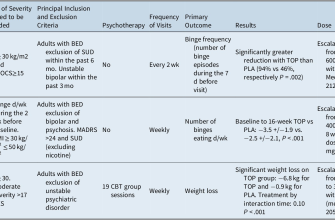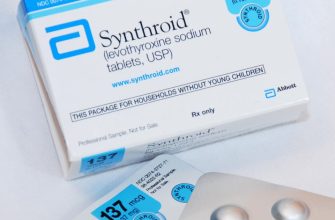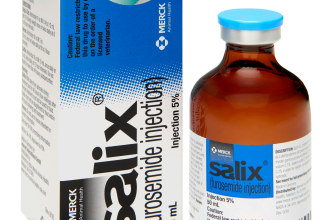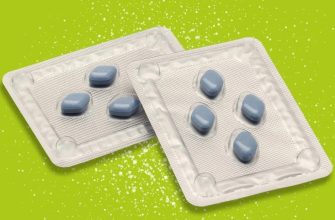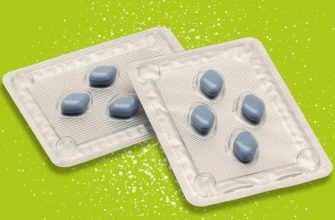Start using tretinoin at a low concentration (0.025%) for the first few weeks to allow your skin to adjust. Gradually increase the concentration as tolerated, ideally under the guidance of a dermatologist. This minimizes irritation while maximizing results.
Apply a pea-sized amount to clean, dry skin at night. Avoid applying it near your eyes and mouth. Always use a broad-spectrum sunscreen with an SPF of 30 or higher during the day, as tretinoin increases sun sensitivity. This precaution is crucial for protecting your skin and preventing premature aging and sun damage.
Expect some initial dryness, peeling, and redness. This is common and usually subsides after a few weeks as your skin adapts. Maintain a consistent skincare routine with gentle cleansers and moisturizers to support skin barrier repair during this adjustment period. Remember, patience is key!
Consult a dermatologist before starting tretinoin, especially if you have sensitive skin, rosacea, or other skin conditions. They can help determine the right concentration and frequency for your specific needs and monitor your progress. They can also address any side effects you might experience.
Results vary, but you can expect to see improvements in fine lines, wrinkles, acne, and skin texture over several weeks or months of consistent use. Don’t expect overnight miracles–consistent application is the key to achieving long-term benefits. Your skin will thank you for your patience and dedication!
- Tretinoin Cream (Retin-A): A Detailed Guide
- Understanding Tretinoin: What it is and How it Works
- How Tretinoin Works
- Important Considerations
- Applying Tretinoin Effectively: A Step-by-Step Guide
- Managing Side Effects of Tretinoin: What to Expect and How to Cope
- Common Side Effects and Solutions
- Less Common Side Effects
- When to See a Dermatologist
- Finding the Right Tretinoin for You: Consultation and Considerations
Tretinoin Cream (Retin-A): A Detailed Guide
Start with a pea-sized amount, applying it to clean, dry skin at night. This minimizes irritation.
Expect initial dryness, redness, or peeling. This is normal. Reduce application frequency or use a moisturizer to manage these side effects. Gradually increase usage as tolerated.
Always use sunscreen with an SPF of 30 or higher during the day. Tretinoin increases sun sensitivity, significantly raising your risk of sunburn and hyperpigmentation.
Avoid using harsh exfoliants or other retinoids concurrently. This can lead to excessive irritation and inflammation.
Consistency is key. Results often take several weeks to become noticeable. Don’t expect overnight miracles. Patience is important for long-term benefits.
Consult your dermatologist before starting tretinoin. They can determine the appropriate strength and usage frequency based on your skin type and concerns.
Store tretinoin in a cool, dark place. Exposure to light and heat can degrade its potency.
Pregnancy and breastfeeding: Avoid tretinoin during pregnancy and breastfeeding. Discuss alternative treatments with your doctor.
If irritation persists despite adjusting application frequency and using a moisturizer, consult your dermatologist. They may recommend temporarily suspending use or adjusting the treatment plan.
Common uses include treating acne, reducing fine lines and wrinkles, improving skin texture, and minimizing age spots.
Understanding Tretinoin: What it is and How it Works
Tretinoin, the active ingredient in Retin-A, is a retinoid–a derivative of vitamin A. It’s a powerful topical medication dermatologists prescribe to treat acne, wrinkles, and hyperpigmentation. Think of it as a cellular renewal accelerator.
How Tretinoin Works
Tretinoin increases cell turnover. This means it speeds up the process of shedding dead skin cells, preventing clogged pores (reducing acne) and revealing fresh, younger-looking skin beneath. This increased cell turnover also stimulates collagen production, which helps improve skin texture and reduce the appearance of wrinkles and fine lines. The medication also works to lighten dark spots by influencing melanin production, the pigment responsible for skin color. Results vary, but generally, you’ll start seeing improvements within weeks of consistent use.
Important Considerations
Always follow your dermatologist’s instructions. Start with a low concentration and apply a pea-sized amount to clean, dry skin at night. Sun protection is critical; tretinoin increases sun sensitivity, so daily sunscreen with at least SPF 30 is mandatory. Expect some initial irritation, including dryness, redness, and peeling, as your skin adjusts. This is normal, and usually subsides with continued use. Consult your doctor if irritation is severe or persistent. Tretinoin is not suitable for everyone; discuss its suitability with your dermatologist before starting treatment.
Applying Tretinoin Effectively: A Step-by-Step Guide
Begin with a pea-sized amount of tretinoin. More isn’t better; it can cause irritation.
Apply the cream to completely clean, dry skin. Pat your face gently; avoid rubbing.
Use tretinoin only at night. Sunlight inactivates it and increases sun sensitivity.
Start with every other night application. Gradually increase frequency as your skin tolerates it, aiming for nightly use. Listen to your skin; reduce frequency if you experience irritation.
Always use sunscreen with at least SPF 30 during the day, even on cloudy days. Reapply every two hours, especially after swimming or sweating.
Apply a moisturizer after the tretinoin, especially if you have dry skin. This helps alleviate dryness and irritation.
Be patient. Results take time. Expect to see improvements in several weeks or months. Consistency is key.
If you experience significant irritation (burning, redness, peeling beyond mild flaking), reduce application frequency or temporarily discontinue use. Consult your dermatologist if needed.
| Week | Application Frequency |
|---|---|
| 1-2 | Every other night |
| 3-4 | Every night, or as tolerated |
| 5+ | Nightly, adjusting based on skin’s response |
Remember, individual results vary. Adjust your routine based on your skin’s needs.
Managing Side Effects of Tretinoin: What to Expect and How to Cope
Start with a low concentration and apply tretinoin every other night. Gradually increase frequency as your skin tolerates it. This minimizes irritation.
Common Side Effects and Solutions
- Dryness and Peeling: Use a gentle, fragrance-free moisturizer daily, preferably one designed for sensitive skin. Consider a hydrating serum underneath your moisturizer. Avoid harsh scrubs and exfoliants.
- Redness and Irritation: Apply tretinoin to a small area first to check for sensitivity. If redness persists, reduce application frequency or dilute the cream with a moisturizer. A cool compress can soothe irritated skin.
- Burning and Stinging: Apply a thin layer of tretinoin; less is more. If burning is intense, wash it off and resume with a smaller amount. Applying at night, after your skin has calmed down, might help.
- Sun Sensitivity: Always use a broad-spectrum sunscreen with an SPF of 30 or higher during the day, even on cloudy days. Reapply sunscreen every two hours, especially after swimming or sweating.
Less Common Side Effects
- Bumps and Pustules: This is a temporary purging phase where your skin is pushing out impurities. Maintain your routine, and it should subside.
- Hyperpigmentation (dark spots): Consistent sunscreen use is vital to prevent this. Consult your dermatologist if dark spots persist after several months.
- Eczema or other skin conditions worsening: Consult your dermatologist immediately if this happens. Tretinoin may not be suitable for all skin conditions.
Remember to be patient. Results take time. Consistent use is key to seeing improvements. If side effects are severe or persistent, contact your dermatologist for personalized advice and treatment adjustments.
When to See a Dermatologist
- Severe burning, stinging, or redness.
- Widespread peeling or blistering.
- Increased acne breakouts that don’t improve after several weeks.
- Development of new skin conditions.
Your dermatologist can provide a tailored approach to managing tretinoin and addressing any concerns.
Finding the Right Tretinoin for You: Consultation and Considerations
Schedule a consultation with a dermatologist. They’ll assess your skin type, concerns, and medical history to determine the appropriate tretinoin strength and application frequency. This personalized approach maximizes benefits and minimizes irritation.
Start with a low concentration (0.025% or 0.01%). Gradually increase the strength only after your skin adapts, typically over several weeks. Your dermatologist will guide this process.
Apply tretinoin at night, after cleansing and thoroughly drying your face. Use a pea-sized amount for your entire face. Avoid applying it to broken skin.
Expect initial side effects, such as dryness, redness, and peeling. These are common and usually subside with continued use. Using a moisturizer and sunscreen is crucial to mitigate these effects.
Always wear sunscreen with an SPF of 30 or higher during the day. Tretinoin increases sun sensitivity, so sun protection is paramount to prevent sun damage and hyperpigmentation.
Be patient. Results take time. You may see improvements in acne and wrinkles within a few weeks, but significant changes often take several months.
Communicate openly with your dermatologist about any side effects or concerns. They can adjust your treatment plan accordingly, perhaps by reducing application frequency or strength.
Don’t combine tretinoin with other harsh exfoliants without your dermatologist’s approval, as this could lead to excessive skin irritation. Proper coordination of skincare products is key to success.
Regular follow-up appointments with your dermatologist allow for monitoring of your progress and adjustments to your treatment plan as needed. This ensures optimal results and safe use.



